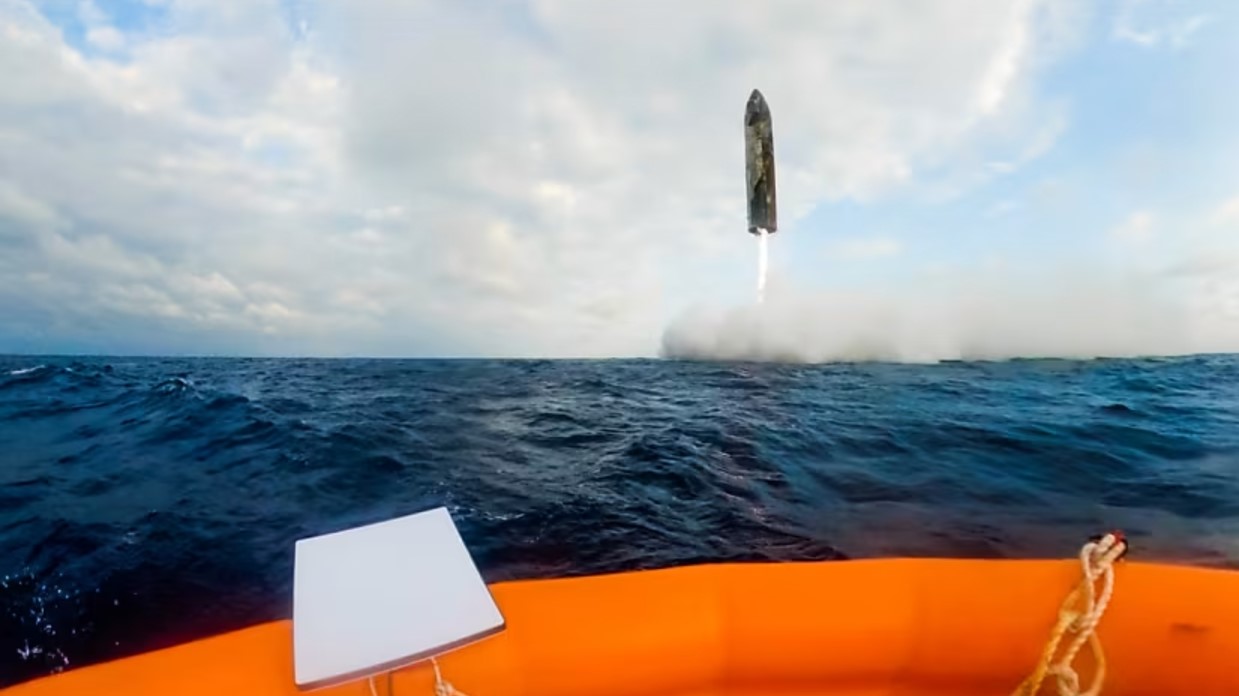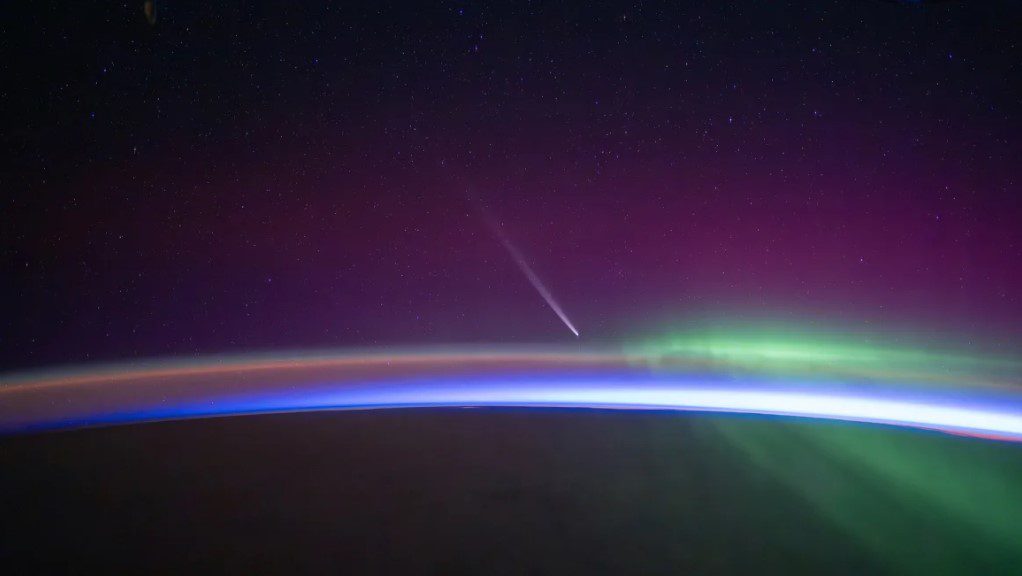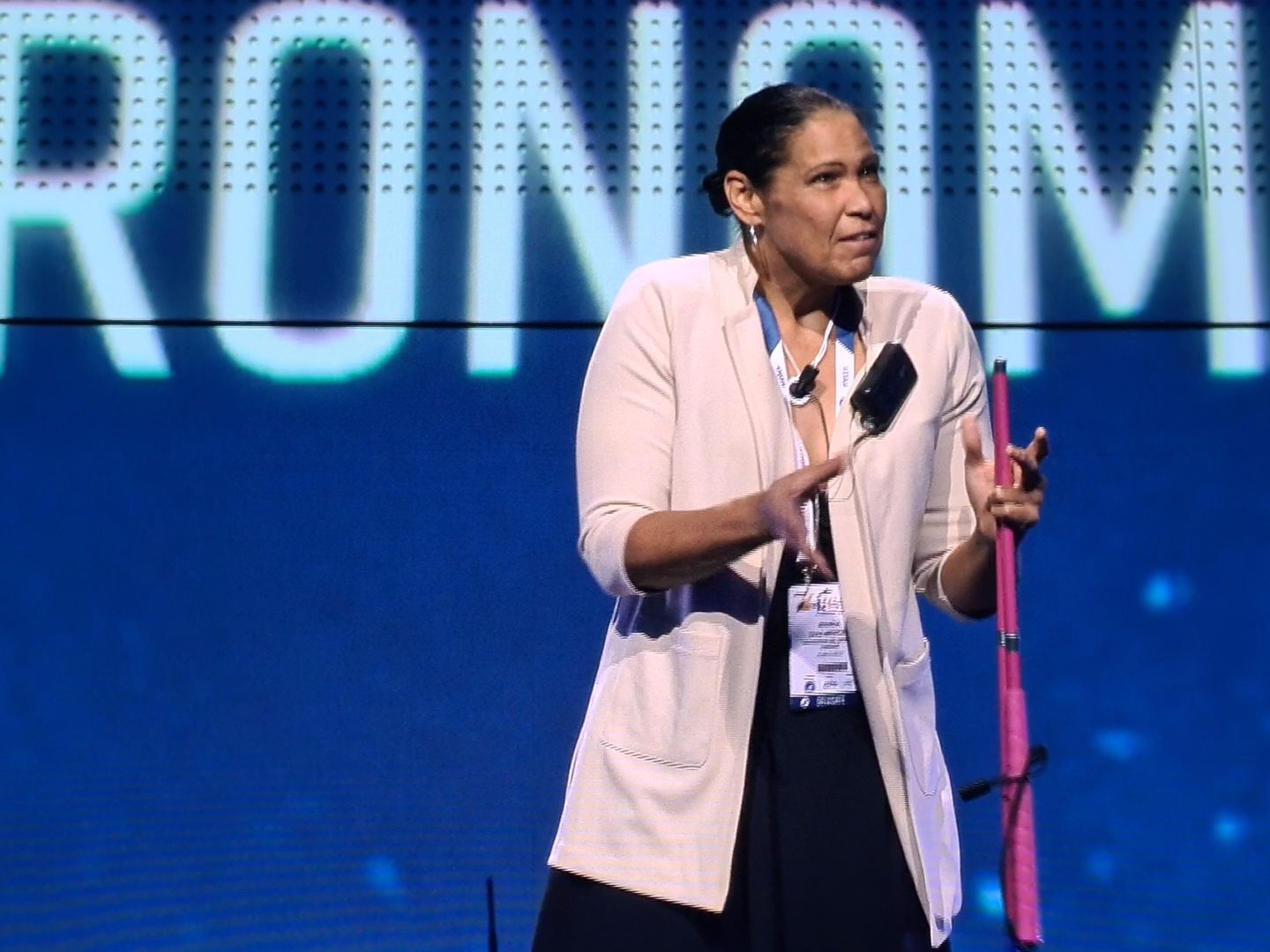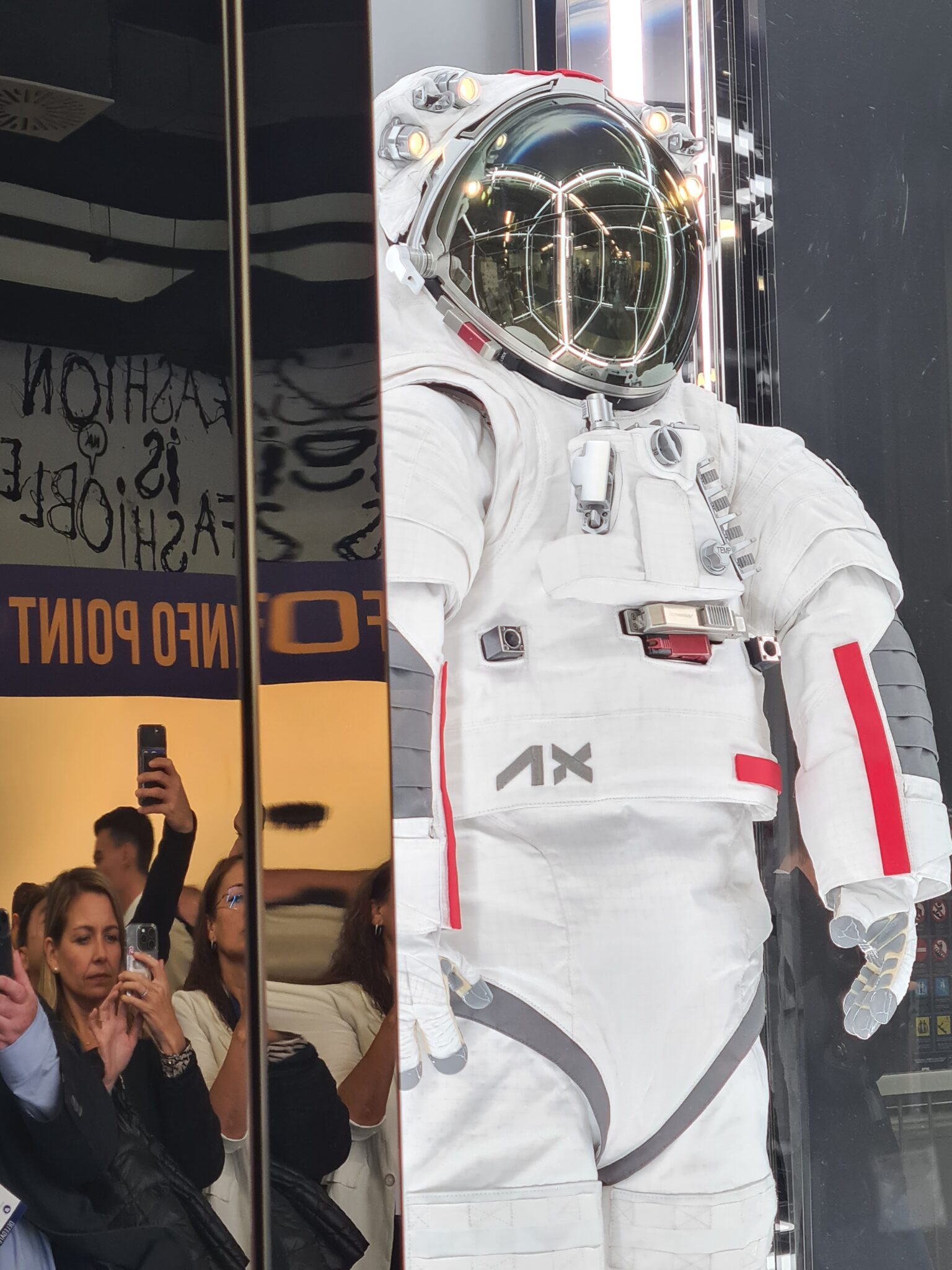A major explosion has taken place at SpaceX launch site at Cape Canaveral, Florida, on 1 September. The explosion took place ahead of a prelaunch test of the full Falcon 9V1.2 FT-R rocket which was to launch the AMOS-6 communications satellite on 3 September. AMOS-6 was on the top of the launch vehicle and was destroyed in the explosion. The failure is likely to affect both the SpaceX schedule and the recently announced Chinese Beijing Xinwei Technology Group take-over of Spacecom which was apparently dependent on the safe delivery to orbit of the AMOS-6 spacecraft.
The cause of the explosion which apparently occurred during time of the tank refuelling process is being investigated. The initial ignition originated, according to Elon Musk, around upper stage oxygen tank.
The spacecraft was insured under a pre-launch “cargo” class policy for US$285 million (the manufacturer IAI was the insured). While substantial, the amount insured was reported to be considerably less than the US$330 million launch insurance taken out for the spacecraft by Spacecom itself which also included a measure of business interruption insurance. There has been surprise that the cargo risk underwriters were willing to underwrite the risk at relatively low premium rates which also included the AMOS-6 spacecraft being attached to the rocket during test firings – even if, in the event, the test firing had yet to take place.
Spacecom is expecting to receive US$50 million or a free relaunch from SpaceX and US$200 million or a new satellite from IAI.
AMOS-6 was planned to offer communications services to Europe and Africa. Under an agreement between, social media company, Facebook, Eutelsat and Spacecom, the spacecraft’s Ka-band payload was to have been dedicated under a multi-year deal, to providing free internet to Sub-Saharan Africa
Whatever the cause of the failure, the explosion also caused extensive damage to the Cape Canaveral launch pad 40 complex meaning that Dragon CRS cargo flights for NASA to the International Space Station and commercial satellite launches to geosynchronous transfer orbits for commercial operators are likely to be suspended until next year at the earliest, although theoretically the new ex-Space Shuttle pad at the adjacent Kennedy Space Center might be ready for Falcon 9 operations by November.
Flights to Sun-synchronous orbits and near polar orbits (such as those used by Iridium spacecraft) from the Vandenberg launch site in California will not be affected (the pad should be ready in November) – save for the delay caused by the failure investigation.







